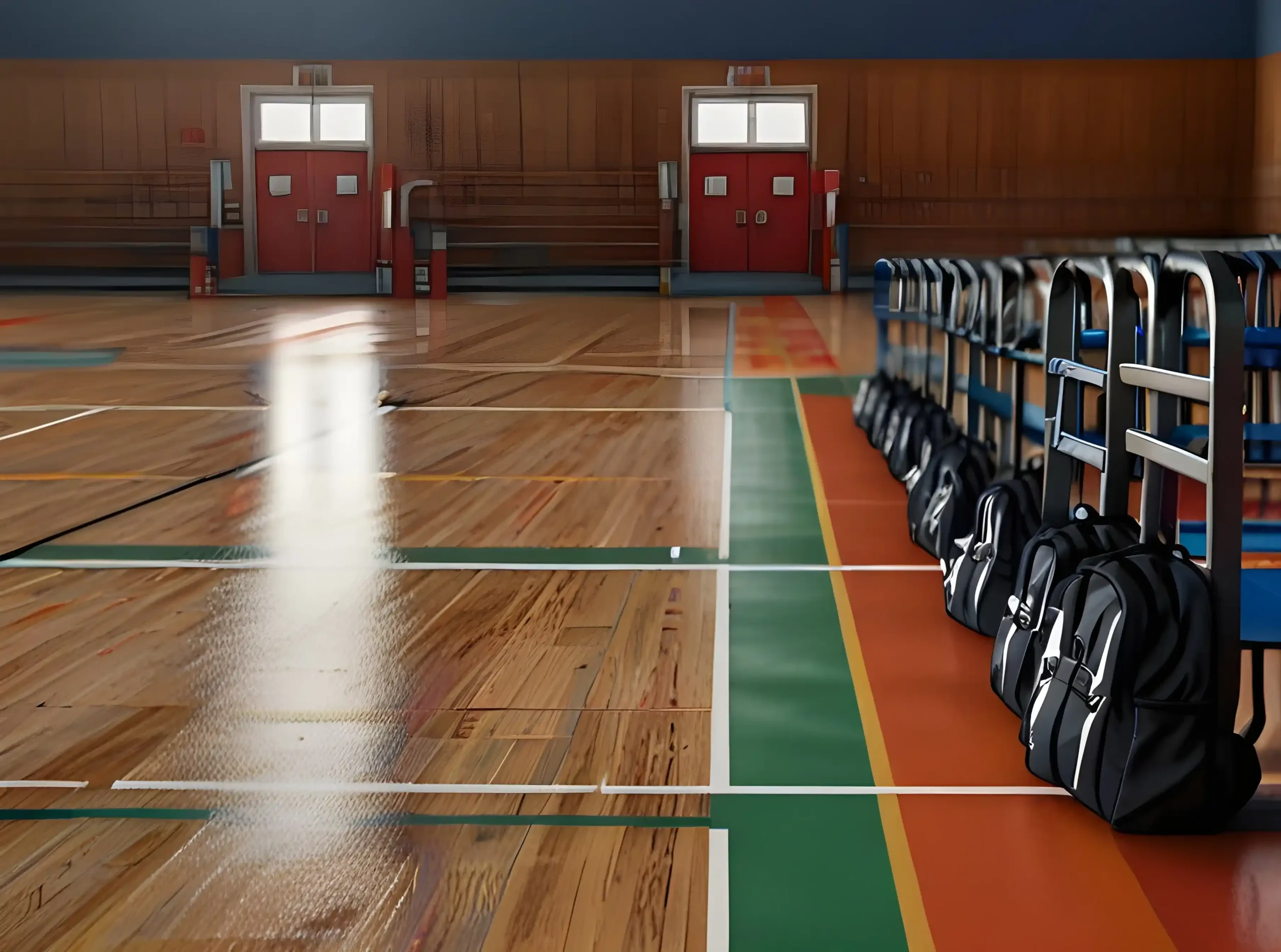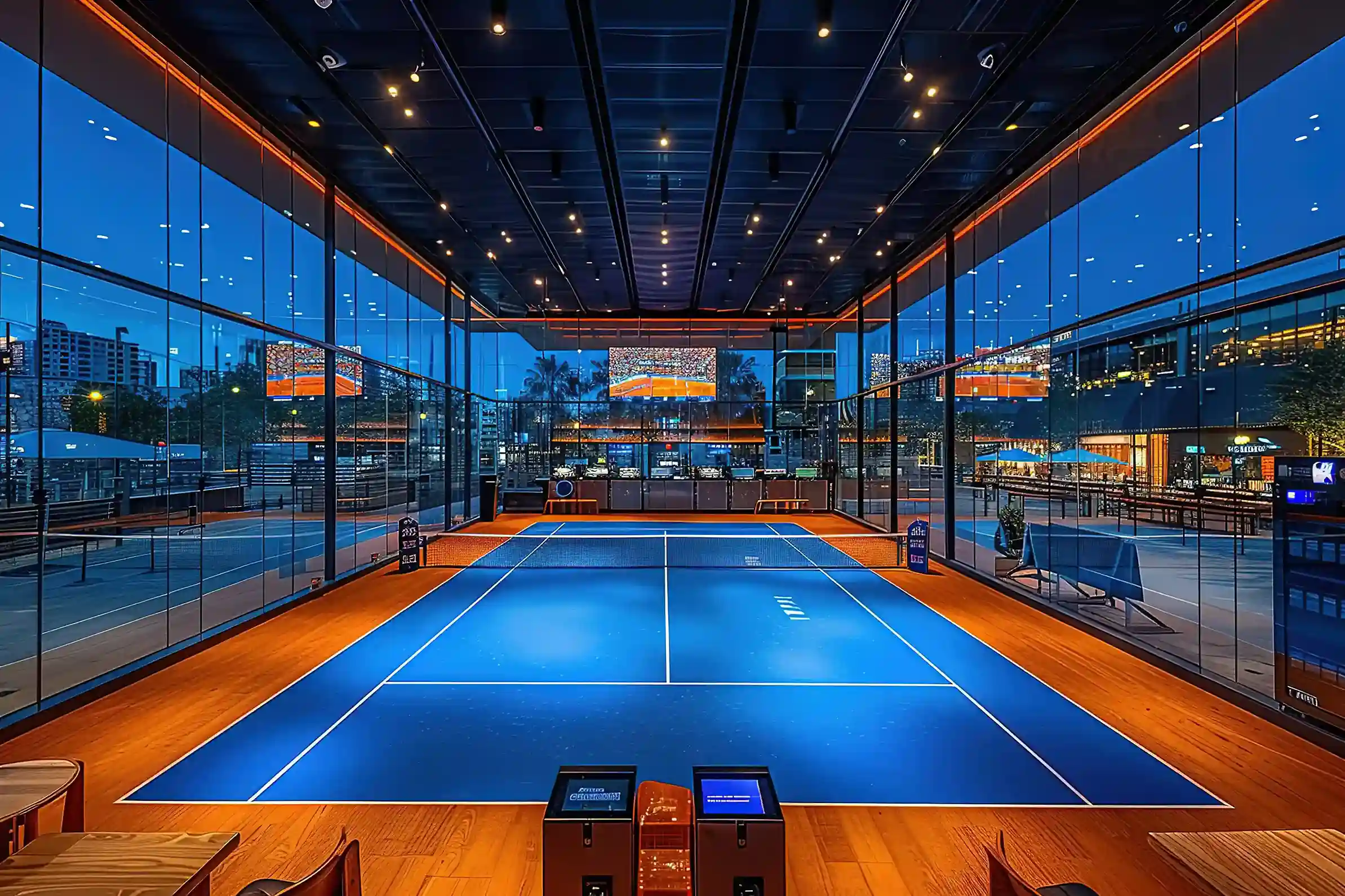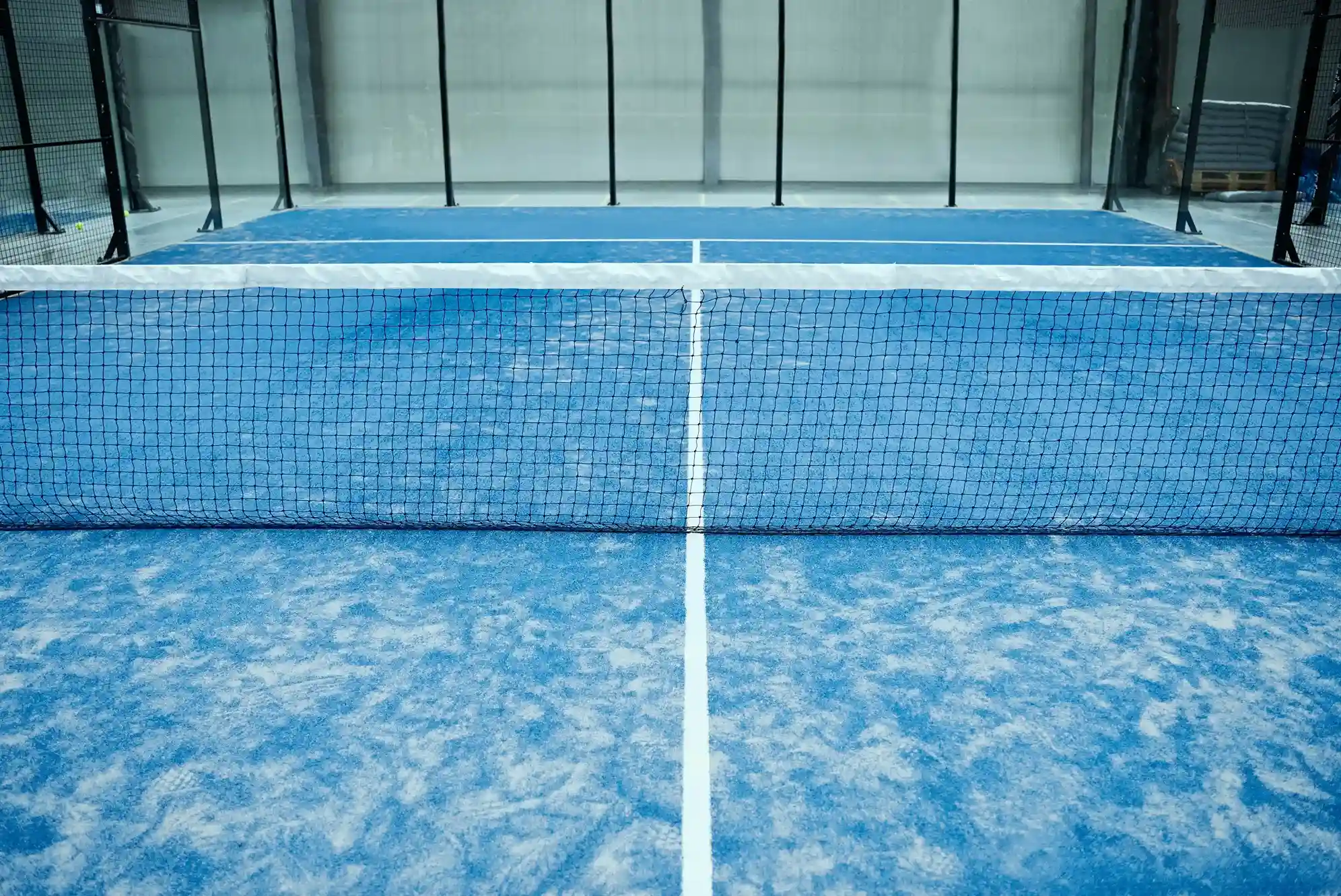Sports facilities are evolving to meet the rising demand for versatile spaces. Pickleball, one of the fastest-growing sports, is attracting all kinds of players—from casual enthusiasts to seasoned athletes—while basketball remains a classic crowd favorite. But with limited space and resources, facility managers and sports enthusiasts are asking one big question: can a single court serve both sports effectively?
This is where the pickleball and basketball court crossover comes into play. By creating multi-use sports courts, you not only optimize your space but also cater to a wider audience, boosting engagement and facility value. This guide will discuss everything you need to know about designing and maintaining multi-use courts, ensuring top-notch functionality for both sports.
1. The Growing Popularity of Pickleball and Its Unique Requirements
Pickleball has seen a remarkable surge in popularity, especially in the U.S., where it has grown by over 20% each year since 2020. Its appeal lies in its accessibility for players of all ages and skill levels. However, pickleball requires specific court dimensions, marking it distinct from other sports.
A pickleball court measures 20 feet wide by 44 feet long, significantly smaller than a basketball court. This compact size allows the game to thrive in multipurpose spaces. With creative planning, it’s possible to integrate its unique layout into a space shared with basketball, making it a perfect addition to your facility.
2. Understanding the Basics: Pickleball Court Dimensions vs. Basketball Court Dimensions
To plan an effective crossover court, you need to understand the dimensions of each sport’s playing area.
- Pickleball Court Dimensions
- Court size: 20 ft x 44 ft
- Net height: 36 inches at the sidelines, 34 inches at the center
- Basketball Court Dimensions
- Full-size outdoor basketball court floor dimensions are typically 50 ft x 84 ft
- Hoop height: 10 feet from the ground
Given the difference in size, a basketball court can easily accommodate one or even multiple pickleball courts with proper planning and court markings.
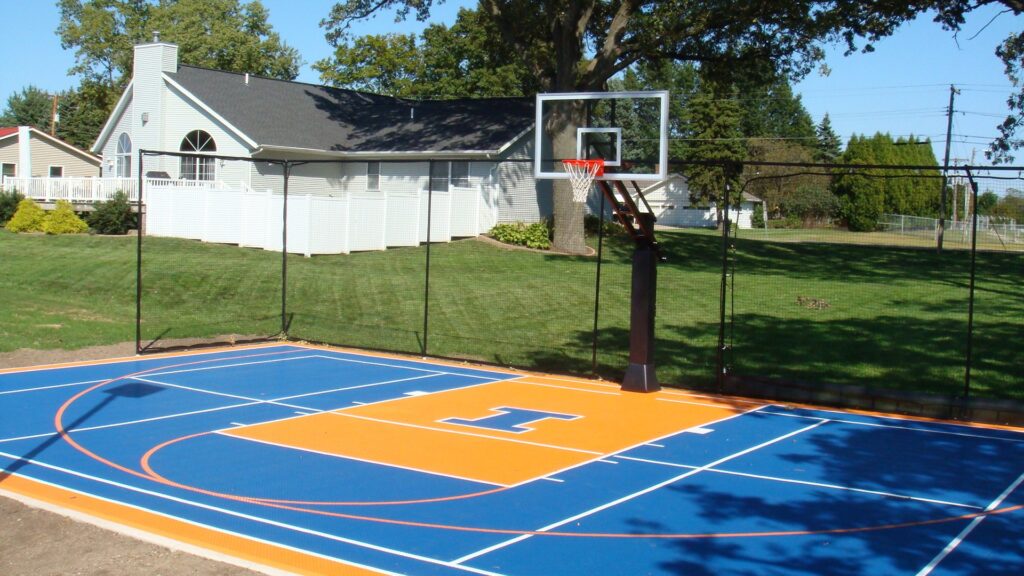

3. The Best of Both Worlds: Designing Multi-Use Courts
Designing multi-use courts requires careful consideration of layout, markings, and equipment. Here’s how you can maximize your space for both basketball and pickleball courts.
- Court Markings
Use contrasting colors for pickleball and basketball lines to avoid confusion. For example, white lines for basketball and blue lines for pickleball.
- Adjustable Equipment
Invest in portable pickleball nets and foldable basketball hoops to allow seamless transitions between games.
- Shared Boundaries
Utilize the shared space creatively by designing pickleball courts within the basketball court’s boundaries. Place several pickleball courts across the width of the basketball court for maximum usage.
A multi-use court doesn’t just serve logistical purposes—it creates an inclusive space that draws a wider community of sports enthusiasts.
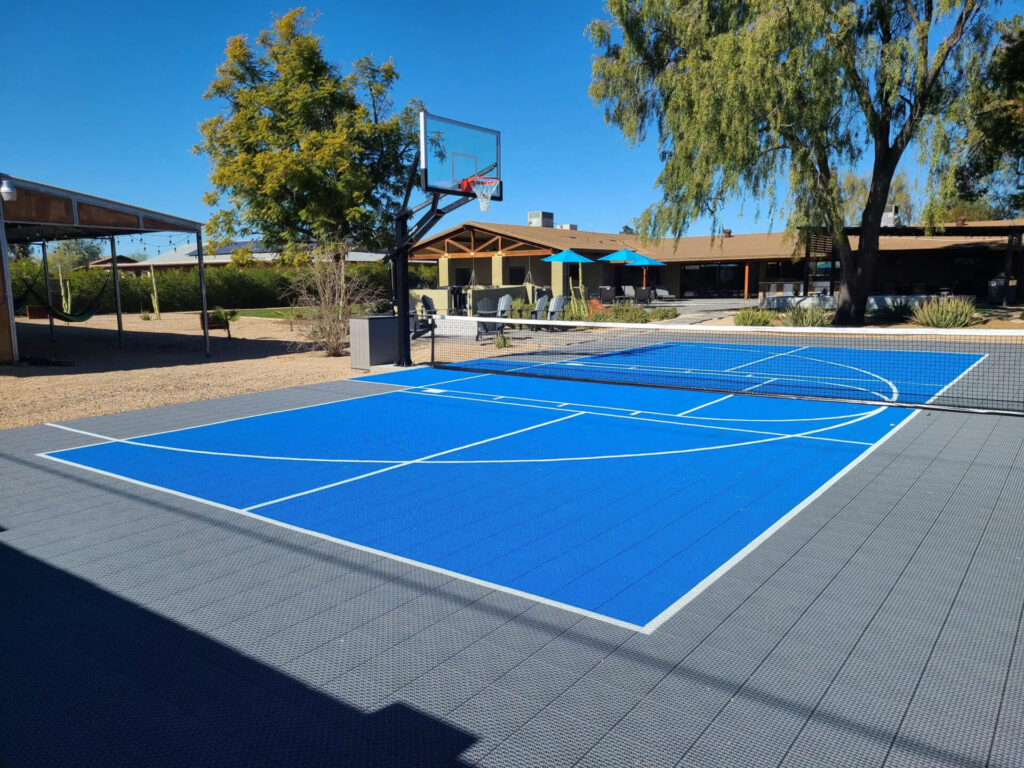

4. Sports Flooring: Choosing the Best Materials for Multi-Use Courts
The choice of flooring is critical in ensuring safety, versatility, and durability for a crossover court. Your court must cater to both the fast-paced movement of basketball and the quick-volley play of pickleball.
Materials such as acrylic-coated asphalt or concrete are popular choices because of their durability and ability to withstand heavy use.
- Pickleball Court Floor Options
Look into specialized sports tiles made from polypropylene. These tiles offer excellent traction, are easy to maintain, and perform well in multi-use environments.
- Best Sport Floor Recommendation
Modular sports flooring systems are highly recommended for crossover courts. They provide shock absorption, reduce player fatigue, and can be customized for specific sports requirements.
Pro tip: Always choose flooring materials designed for outdoor settings to ensure longevity and resistance to the elements.
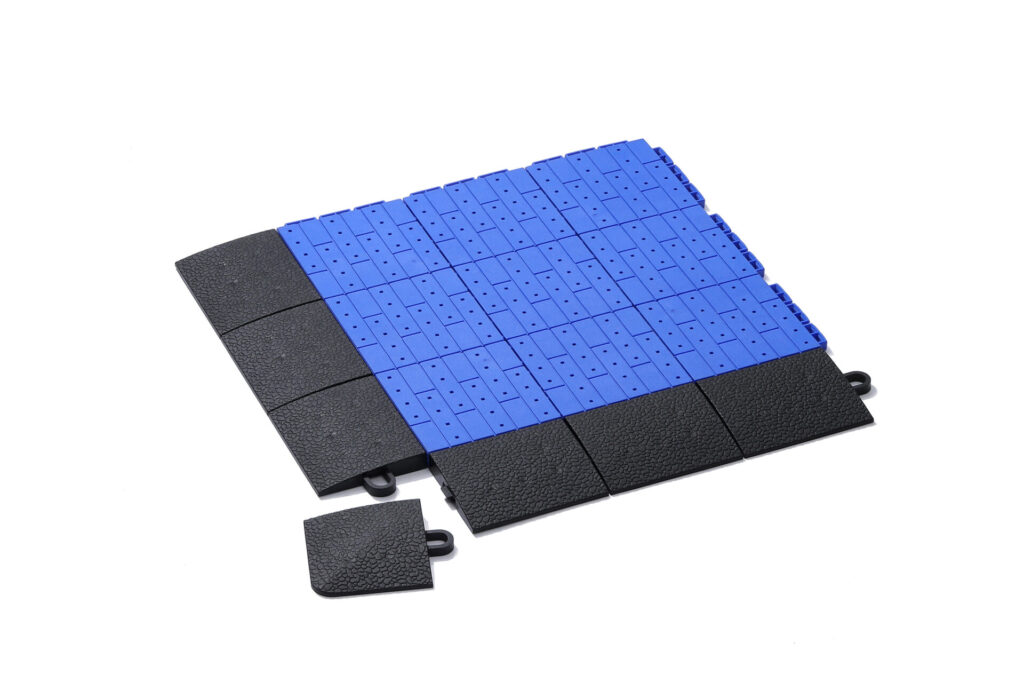

5. Maintenance Tips: Keeping Your Multi-Use Court in Top Condition
To maintain a seamless sports experience, regular upkeep of your multi-use court is crucial. Here are some essential maintenance tips to follow:
- Cleaning
Remove dirt, debris, and any surface scuffs regularly to ensure player safety and floor integrity. Use soft-bristle brushes for outdoor basketball court flooring and non-abrasive cleaners for sports tiles.
- Inspection
Regularly inspect the court for cracks, worn-out lines, or damaged equipment. Addressing issues promptly can prevent costly repairs down the line.
- Repainting Lines
Keep an eye on fading lines, especially when using contrasting colors for basketball and pickleball courts. Freshly painted lines improve visibility and gameplay accuracy.
- Seasonal Maintenance
If your court is outdoors, weatherproofing and drainage checks are essential to maintain optimal conditions year-round.
Consistent maintenance ensures your court looks professional and serves players effectively.
6. Case Studies: Successful Sports Facility Design
Looking for inspiration? Here are two real-world examples of facilities that have embraced multi-use courts with success.
- Case Study 1
A community center in Florida transformed an outdated outdoor basketball court into a dual-purpose space by adding pickleball lines and portable nets. The result? A 40% increase in court usage and new memberships driven by pickleball tournaments.
- Case Study 2
A private sports facility in California used modular sports tiles to design three pickleball courts within a single basketball area. The transition was smooth, with the facility now generating additional revenue from pickleball league sign-ups and rentals.
These examples demonstrate how creative layouts and proper materials can optimize any facility.
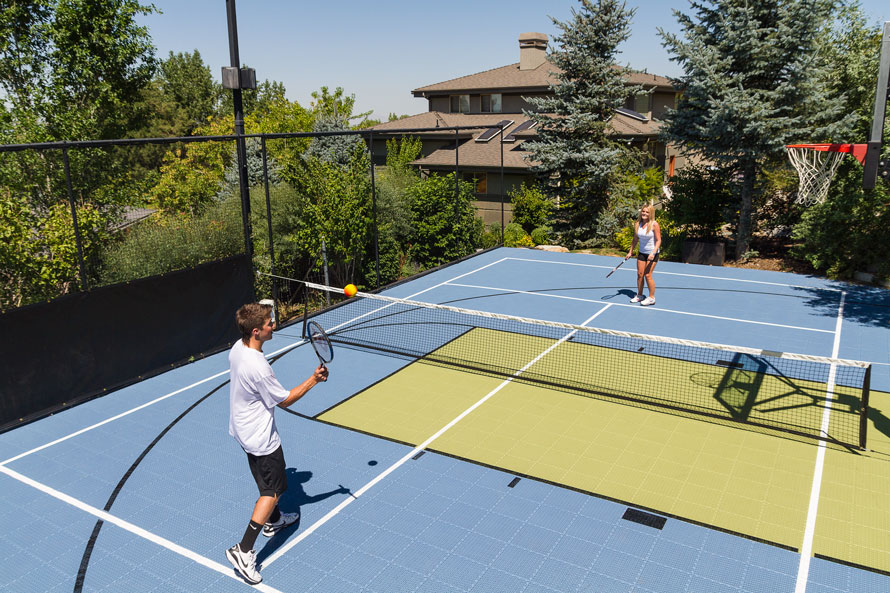

7. The Future of Multi-Use Sports Facilities
Multi-use sports courts are the future of facility design. They offer versatility, community engagement, and cost-efficiency, making them an ideal solution for sports facility managers and gym owners.
If you’re looking to create or upgrade a crossover court, focus on understanding the distinct needs of each sport, selecting the right materials, and ensuring regular maintenance. With a little planning, your facility can become a hub for basketball players, pickleball enthusiasts, and everyone in between.
Need expert advice on designing the perfect court? Contact us toward maximizing your facility’s potential today.


